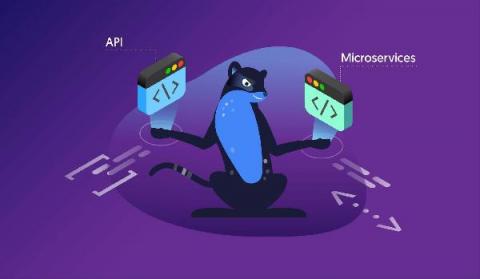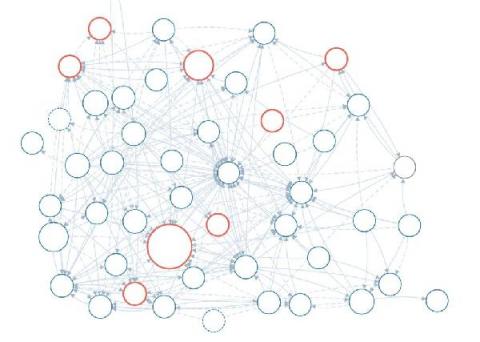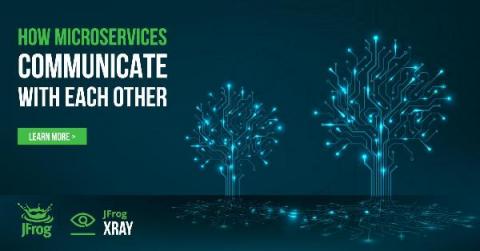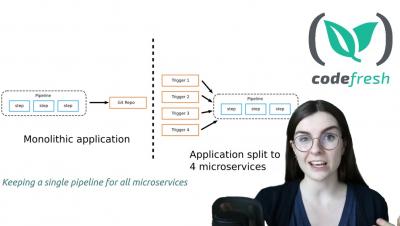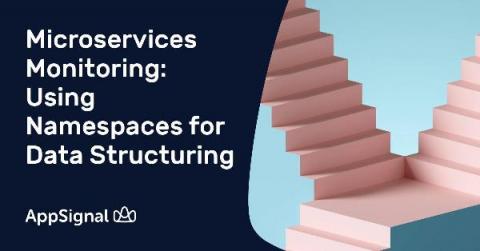Microservices vs APIs: One Doesn't Always Imply the Other
When it comes to conversations around application architecture or working with integrations between applications, you’ve likely heard a couple terms pop up a few times: microservice and APIs. You might also have run across the common misconception that microservices are just a way to implement APIs so they can communicate with each other. As you’ll see in this article, there are alternative ways to architect our microservice applications.


